



The Pallava dynasty, ruling South India from the 3rd to 9th centuries AD, significantly influenced politics, religion, and culture. Known for their architectural achievements, including rock-cut temples at Mahabalipuram, they promoted Hinduism, supported literature, and pioneered Dravidian temple architecture. Their legacy shaped South Indian history and culture.

Disclaimer: Copyright infringement not intended.
The text on the copper plates is written in Sanskrit and early Telugu-Kannada (Archaic variety) characters of the 5th-6th century C.E.
|
Ruler |
Reign Period |
Major Achievements/Events |
|
Sivaskandavarman |
3rd Century AD |
First great Pallava king according to early Prakrit records. Ruled Kanchi, Andhrapatha, and surrounding districts. Performed the Ashvamedha sacrifice. Introduced a hierarchy of secret officials. |
|
Vishnugopa |
4th Century AD |
Defeated by Samudragupta in the mid-4th century. Pallavas fell into obscurity for over a century and a half. |
|
Simha Vishnu |
575–600 AD |
Restored the Pallava dynasty. Expanded domain beyond Kanchi. Defeated Pandyas, Cholas, and Cheras. Conquered the ruler of Ceylon (Sri Lanka). Represented in the Adivaraha Mandapa bas-relief at Mahabalipuram. |
|
Mahendravarman I |
600–630 AD |
Engaged in the Pallava-Chalukya struggle. Defeated by Pulakesin II, losing Vengi in 610 AD. Pioneered rock-cut temples. Built temples at Pallavaram, Dalavanur, and other sites. Authored Mattavilasa Prahasanam and Bhagavada Jjuka. Converted from Jainism to Shaivism. Titles: Gunabhara, Satyasandha, Chitrakarapuli, etc. |
|
Narasimhavarman I |
630–668 AD |
Avenged his father’s defeat by defeating Pulakesin II and capturing Vatapi. Assumed the title Vatapikonda. Conducted a naval expedition to Sri Lanka and restored Manavarma’s throne. Founded Mamallapuram (Mahabalipuram). Host to Chinese traveler Hiuen Tsang, who described Kanchi as a learning center. |
|
Narasimhavarman II |
695–722 AD |
Known as Rajasimha. Period of peace and focus on art and architecture. Built the Kailasanatha Temple (Kanchipuram) and Shore Temple (Mamallapuram). |
|
Nandivarman II |
730–795 AD |
Renewed the Chalukya-Pallava struggle. Defeated by Chalukya king Vikramaditya II in 740 AD, losing Kanchi. Marked the beginning of Pallava decline. |
|
Aparajitavarman |
880–897 AD |
Last Pallava ruler. Defeated by Chola king Aditya I. Kanchi region seized, ending the Pallava dynasty’s rule. |
|
Administration |
Economy |
Society |
|
King was the focal point, assisted by ministers. |
Agriculture was the primary activity; irrigation facilities developed under Mahendravarman’s reign. |
Caste system became rigid, with Brahmins occupying a high position in society. |
|
King was the supreme judge and commander of the Pallava army. |
Encouraged crafts such as weaving, stone cutting, pottery, and carpentry. |
Land grants to Brahmins and temples (Devadhana, Brahmadeya), exempt from taxes. |
|
Administrative division into Kottams. |
Growth in trade and commerce, both internal and external. |
Ghatikas (educational institutions) attached to temples; supported the monarchy. |
|
Village assemblies called Sabhas, with committees managing local affairs and maintaining records of village lands. |
Exported spices, cotton textiles, precious stones, and medicinal plants to countries like Java, Sumatra, Cambodia, Sri Lanka, China, and Burma. |
University of Kanchi was a prominent educational institution. |
|
Tax system mainly based on land tax; traders and artisans paid taxes. |
Major seaports: Mamallapuram, Vasavasamudram, Mylapore. |
Mathas played an important role in spreading sectarian education by the 8th century. |
|
Three territorial assemblies: Ur (non-Brahmanical), Sabha, and Nagaram (mercantile). |
Barter system prevalent initially; later, gold and silver coins were issued. |
Bhakti saints popularized Tamil through hymns, songs, and devotion to deities Siva and Vishnu. |
|
Regular meetings of local assemblies; Variyam (committee system) for governance in Brahmin settlements. |
Merchants formed associations like Manigramam. |
Kings legitimized their power through religious ceremonies (Hiranyagarbha, Tulabhara, Gosahastra). |
|
Aspect |
Details |
|
Religion |
Pallavas followed Hinduism, performing yajnas and building temples for gods like Shiva, Vishnu, Brahma, and Lakshmi. |
|
Rise of Shaivism and Vaishnavism due to contributions from Shaiva Nayanars and Vaishnava Alwars. |
|
|
Bhakti movement emerged with hymns composed in Tamil focusing on devotion (Bhakti). |
|
|
Construction of temples facilitated the spread of Shaivism and Vaishnavism. |
|
|
Buddhism and Jainism declined. |
|
|
Pallava kings were liberal towards other religions and sects. |
|
|
Literature |
Kanchipuram was a hub of learning, attracting students from across India and abroad. |
|
Prominent scholars: Mayurasarman, Dinganaga, Dharmapala. |
|
|
Bharavi and Dandin were notable Sanskrit scholars in the Pallava court. |
|
|
King Mahendravarman I composed the Sanskrit play Mattavilasaprahasanam. |
|
|
Tamil literature flourished with religious hymns by Nayanars and Alwars, and translations of the Mahabharata. |
|
|
Art and Architecture |
Pallava architecture and sculpture are key contributions to South Indian art. |
|
Kanchi temples are notable examples of Pallava architectural achievements. |
|
|
Seven Pagodas (Raths) at Mamallapuram, carved from large boulders, are significant works. |
|
|
Pallavas pioneered the Dravidian style of temple architecture. |
|
|
Temple architecture evolved from cave temples to monolithic rathas and finally structural temples. |
|
|
Temple architecture can be divided into two phases: rock-cut temples and structural temples. |
The contribution of the Pallavas dynasty to the history of South India is profound, from their political dominance to the promotion of religion, art, and architecture. Their legacy, especially the magnificent rock temples at Mahabalipuram, continues to be celebrated around the world.
The Pallavas dynasty strengthened Hinduism by building temples and cultivated a unique artistic tradition that shaped the Dravidian architectural style. Through this comprehensive study, the importance of the Pallavas as cultural pioneers and their role in shaping the history of South India is demonstrated.
Source:
|
PRACTICE QUESTION Q.Discuss the administrative, economic, and cultural contributions of the Pallava Dynasty to South Indian society. How did their religious patronage shape the socio-political landscape of the period? (150 words) |
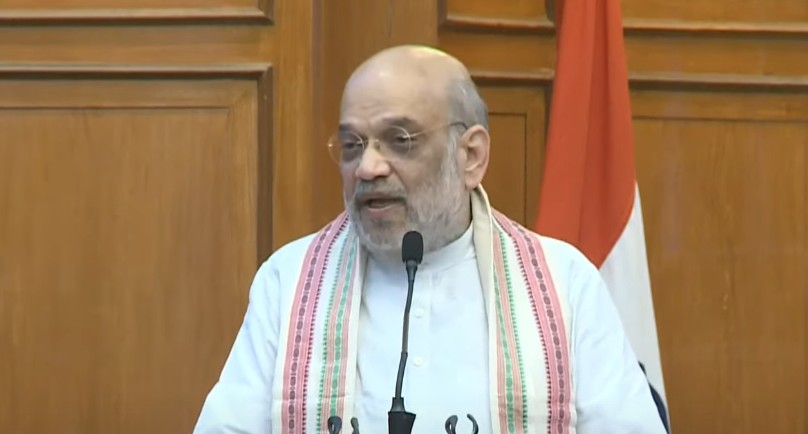

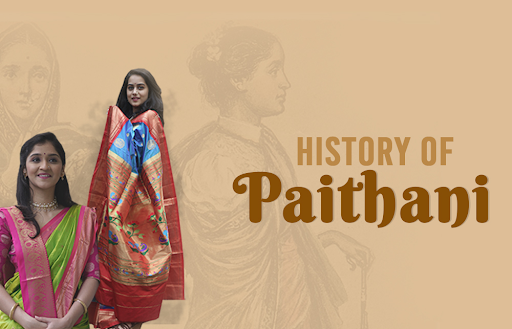
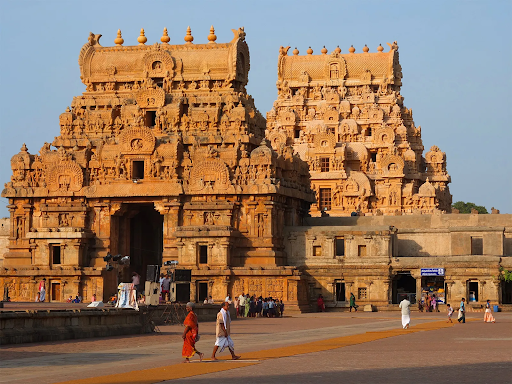
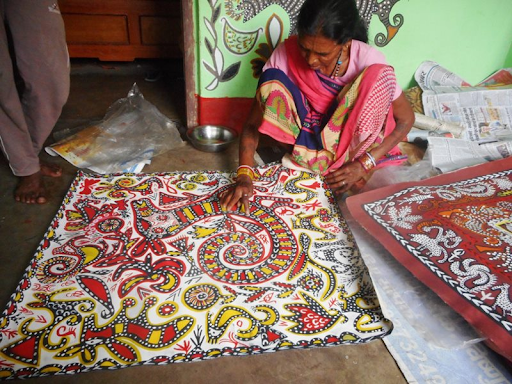
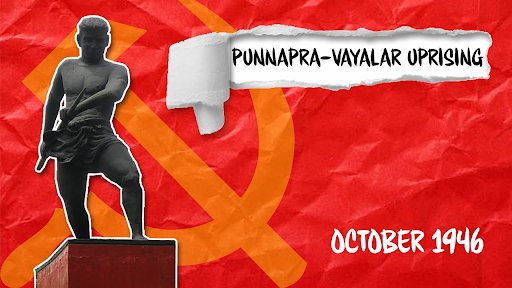
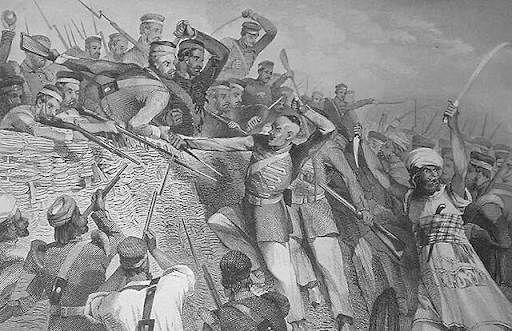
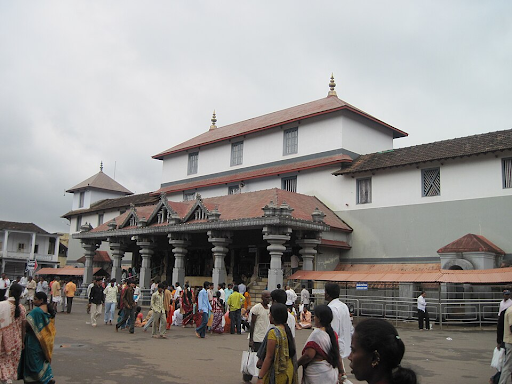
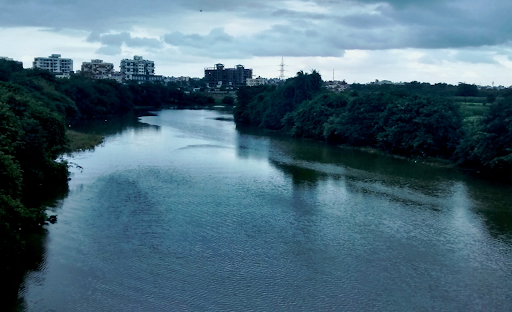
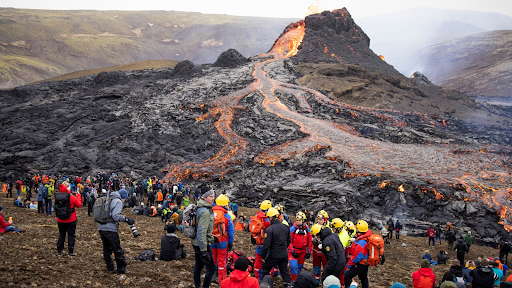

© 2025 iasgyan. All right reserved